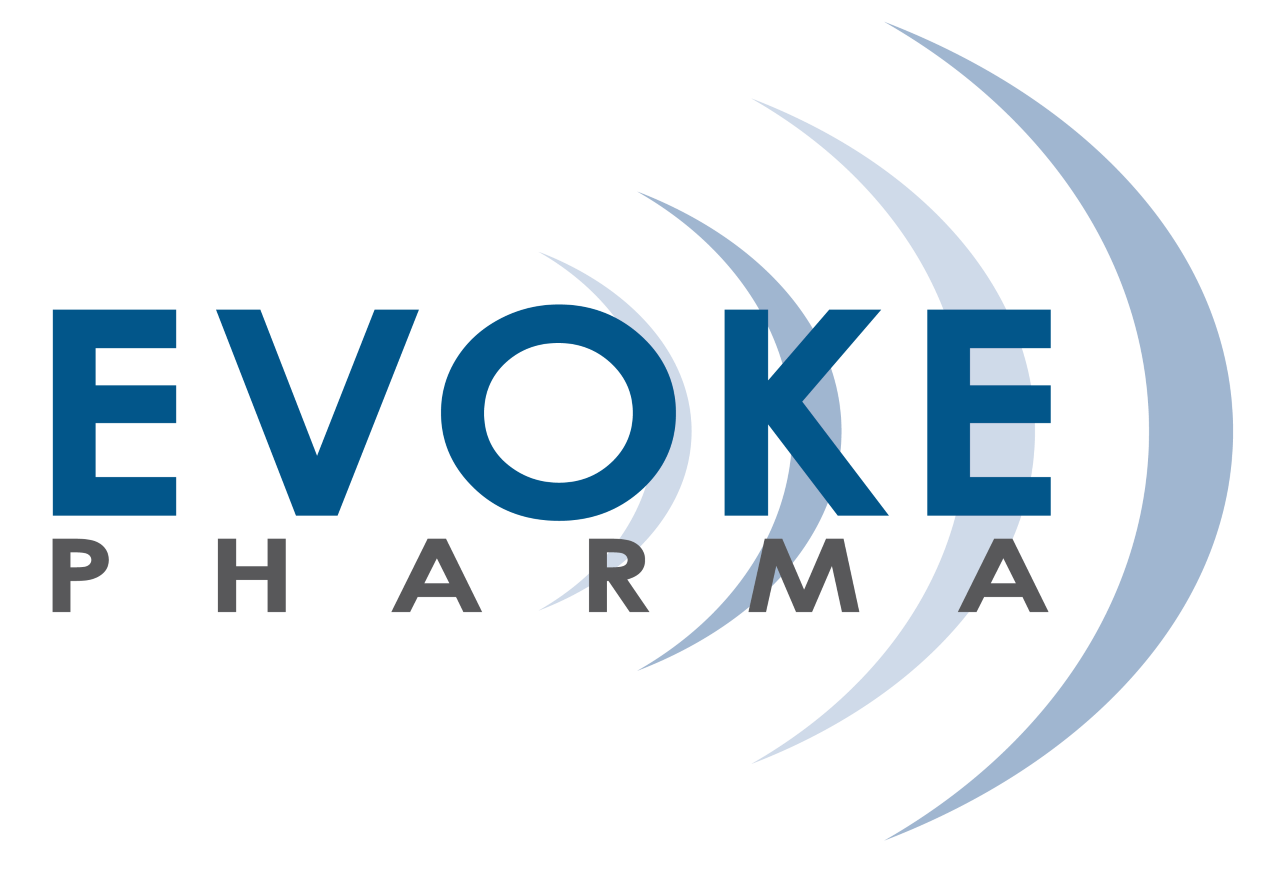Your doctor has suggested that you have an upper GI endoscopy. For that purpose, you are referred to a specialist, usually a gastroenterologist, who is trained to do the procedure.
The following describes what to expect when undergoing this procedure. This is a general discussion. You must discuss the test thoroughly with your endoscopist before the test is scheduled to allow for variances in specific facilities and for any medical requirements that you may have.
Where Can I Get an Upper GI Endoscopy?
The test should be done in a licensed facility. The endoscopy staff is specially trained and the unit must be equipped with suitable emergency equipment in the rare event that it is needed. Such facilities require a hospital setting, or a freestanding clinic facility, usually staffed by gastroenterologists.
What is an Endoscopy?
Endoscopy is an examination using a tube-like device with a light on the end. A camera at the end of the tube transmits the lighted image before the tube to a “TV” screen so the the examiner can see the inside of the upper gastrointestinal tract as the tube advances. At the examiner’s end of the instrument, there are controls that direct the other end, pump air into the stomach, clear the view with water, or suck out unwanted content.
By tradition, “endoscopy” or “upper GI endoscopy” refers to the examination of the upper gastrointestinal tract: the esophagus, stomach, and duodenum. The correct term is esophagogastroduodenoscopy (EGD), so you can see why we stick with “upper GI endoscopy.”
When should I get one done?
An endoscopy is indicated when there are upper gastrointestinal symptoms that are unexplained or unresponsive to trials of diet modification or drugs. The most common indications are dyspepsia (upper abdominal pain), persistent heartburn, acute bleeding from the upper gut, and anemia.
Less common reasons for the test are an abnormal upper gut x-ray, difficulty swallowing, unexplained weight loss, or when your doctor has reason, such as a strong family history, to think that you are at risk to develop an esophageal or gastric cancer.
The most common findings are a gastric (stomach) or duodenal (first part of the small intestine) ulcer or esophagitis (inflammation of the esophagus).
Certain other procedures might be done in conjunction with an endoscopy including a biopsy, or dilation (stretching) of an abnormal narrowing in the esophagus or duodenum. Sometimes small polyps can be removed using a snare-cautery device. If a disorder of intestinal absorption is suspected the duodenum may be biopsied through the endoscope in order to diagnose celiac disease.
Preparation
The examiner will want your stomach empty during the procedure. You will be instructed to fast before the test. Usually, you are requested to take nothing by mouth after midnight. However, if the test is scheduled for later in the day, most units permit a light breakfast.
You should inform your doctor if you are diabetic to appropriately plan your diet and insulin requirement. You should also inform your doctor of all medications you are taking, both prescription and over-the-counter, to determine your dosing schedule for the day of the procedure.
If you are taking anticoagulants or aspirin, you should make your doctor/endoscopist aware of this when scheduling the test. If he or she agrees, aspirin should be stopped a week before. Be aware that several over-the-counter medications contain aspirin.
If you are to have sedation for the test, you should arrange to have someone pick you up when you have recovered from the drugs.
Consent
As with all medical procedures, you will be asked to sign a consent form that certifies that you understand the risks and benefits of the procedure and that your doctor has explained these to you.
This is an opportunity for you to ask any questions that you may have. Normally, endoscopy is very safe. However, perforations of the upper gut have occurred, usually when the area being examined is diseased. There is a risk of bleeding with certain procedures done through the endoscope, which is why drugs that interfere with clotting such as aspirin or anticoagulants should be stopped and normal clotting achieved before the test.
Sedation
For a routine endoscopy, sedation is often given. There are many local variations about if, how, and when sedation is given. Some centers may normally provide only local anesthesia to the throat. Usually, sedation is given by intravenous injection in the examination room immediately before the test begins. There are many sedatives and relaxants in use for this purpose. Occasionally, a fast acting oral or sub-lingual (under tongue) pill is given sometime before the procedure. For the most part, the medications are safe and effective, but all require a period of recovery after their administration.
It is important to realize that you are not put to sleep, and that you need to be conscious and cooperative throughout. This method is called “conscious sedation.”
The advantages of sedation are that it reduces the tendency to gag during introduction of the endoscope and lessens the inevitable anxiety associated with the test.
The disadvantages are that you must recover for a period (usually an hour) before going home, you must have someone take you, you may not remember or fully understand the explanation of the procedure given after the test, and there are rare adverse reactions to the sedating drugs. The endoscopy nurse or doctor will explain information specific to the particular method of sedation used. Too much sedation (and tolerances differ) risks arrested breathing or aspiration of gastric contents into the lungs (another reason for fasting prior to the procedure). If sedation is given, a device clipped to your finger permits the nurse to monitor your heart rate and blood oxygen saturation.
Local Anesthesia
Before starting, the endoscopist or the endoscopy nurse will apply a topical anesthetic to your throat. This is to help you swallow the tube without gagging. The local anesthetic used is usually lidocaine and it may be applied as a spray, or as a gel that you swallow. It has a bad taste, and there have been many attempts to flavor it – with little success.
The Test
Normally, you will be asked to lie on your left side on an examining table. Your head will be on the pillow and you should be comfortable and looking straight ahead with your chin tucked in. The examiner will sit or stand before you. There are several techniques of endoscope introduction. The throat is tested with a gloved finger to ensure that the gagging reflex is satisfactorily subdued – it is seldom absent.
A mouthpiece with an aperture wide enough to permit passage of the endoscope is placed in between your teeth. The purpose of this is to protect your teeth, and incidentally to protect the instrument, which can be severely damaged, should you bite it.
The endoscope is then passed through the mouthpiece and gently brought up against your throat by the examiner’s finger. At this point you will be asked to swallow the tube. At first that seems to be a tall order! It is normal to gag, but the reflex usually settles once the tube is passed. It is also common for the first attempt at swallowing not to succeed. With the encouragement of the endoscopy nurse and perhaps some maneuvers by the endoscopist, the tube will pass.
It then remains for you to be patient while the doctor carefully examines the esophagus, stomach, and the first part of the duodenum. If a biopsy or other procedure is necessary, it may take a little longer.
The nurse will coach you on how to breathe. Regular breathing inhibits gagging and maintains good oxygen saturation. Overbreathing may cause you to feel dizzy.
The stomach is usually collapsed, so the examiner will pump a little air through the endoscope to inflate it. This may produce a feeling of fullness or discomfort and the urge to belch the air. If possible you should hold the air so the endoscopist can have a better view of the stomach and duodenum.
The gut itself is insensitive, so the test is usually painless. However, it may be uncomfortable and the tendency to gag is often annoying. The procedure is usually complete in 10 minutes, and the discomfort disappears once the instrument is removed.
Afterwards
If you are not sedated, the doctor can discuss the results of the test and the next steps in your care promptly. If you have been sedated, you will be asked to lie down in a bed in the recovery area where the nurse will monitor you until you are fully alert.
You should not drive or consume alcohol for 24 hours after.
If sedated, or if the laboratory results or a biopsy are awaited, it may be necessary to phone your doctor or schedule a visit for a full explanation of the test results.
It is normal to have a sore throat for a while after the test, but it is important to report any new chest or abdominal pain promptly, or go to the hospital’s emergency room.
Learn more about GI motility testing
Adapted from Upper GI Endoscopy: What to Expect IFFGD Publication #503 by W. Grant Thompson, MD, FRCPC, Emeritus Professor of Medicine, University of Ottawa, Ontario, Canada.













